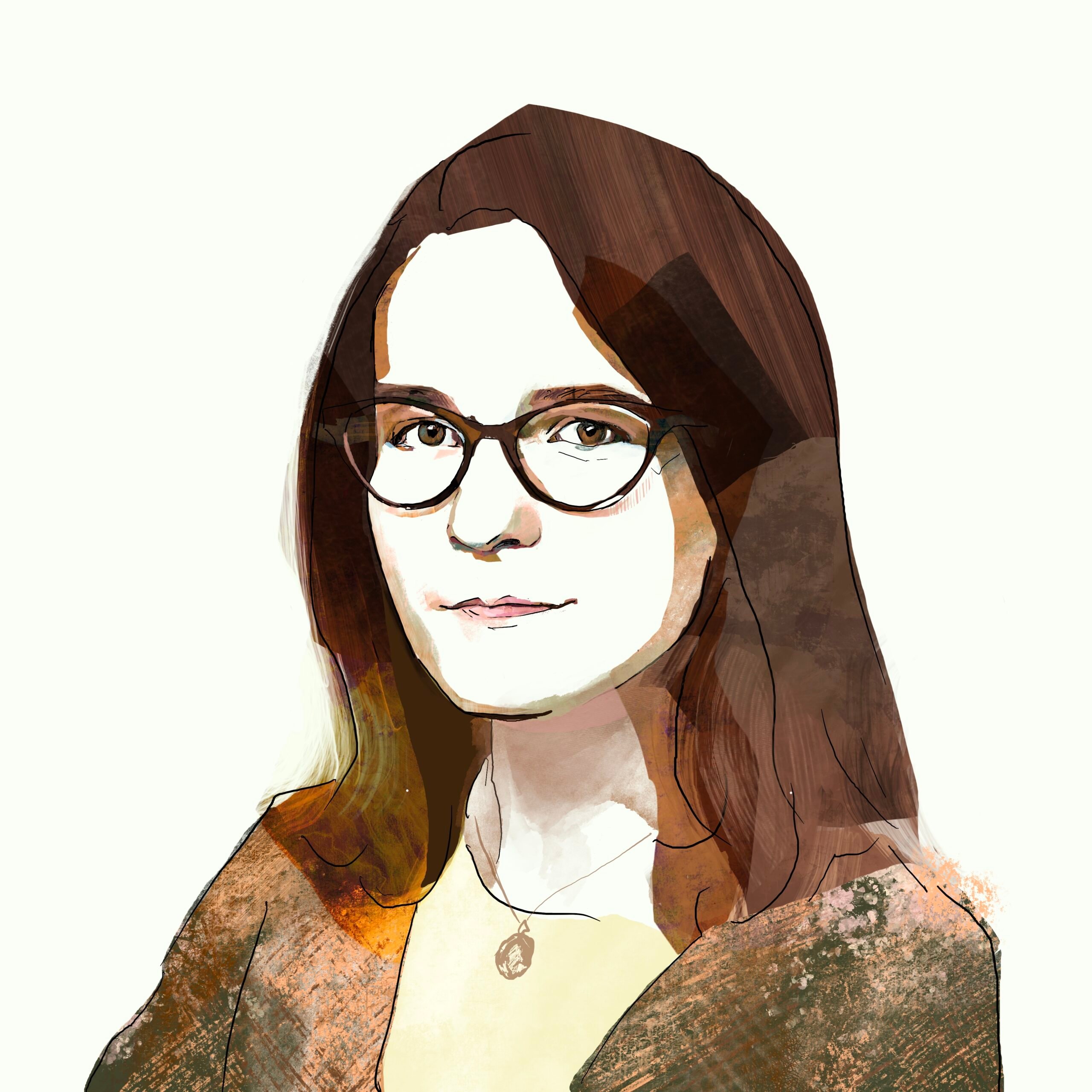It often seems to me that conservative-tending millennial Catholics are converts, as a rule—a rule to which I am the lone exception. Of course I exaggerate. But convert-capture is so strong in my social and professional circles, that I sometimes succumb to a kind of Stockholm Syndrome and identify myself as a convert, too: an intra-ecclesial convert, from soft suburban Catholicism to orthodox dogmatic Catholicism.
You might say, to a Catholicism that knows what it’s about. Through a decade of college-town CCD, I had learned—here I do not exaggerate—nothing at all of Catholic theology and moral teaching. On the day of my confirmation in eleventh grade, I could not have told you that communion should be preceded by confession; nor could I have defined the term “Real Presence”; much less could I have explained the Church’s positions on controverted matters such as sexual morality and ordination. I knew two things: what time Mass started on Sunday; and the identity of the reigning pope, the centennial of whose birth we mark today. It was practically nothing, and it turned out to be enough.
I am set apart from the convert Catholics in my circles by the fact that John Paul II (1920-2005) was “my pope,” the only pope who occupied the throne from long before I reached the age of reason until his death during my junior year of college. Soon enough Benedict XVI became “my pope” in a different sense, as my candidate in the conclave. But by then the identity of the pope had become, precisely, matter for contention. A cradle Catholic growing up in the John Paul era regarded the pope as a given, as fixed and obvious as the firmament. His fixity was partly an artifact of his long reign, which came to feature false health alarms, which ironically encouraged the notion that he would never die. It arose, too, from his doctrinal orthodoxy and the consistency of his rhetoric as it touched matters of doctrine. A “John Paul Catholic” could take for granted that everything was settled.
But his final illness was unsettling. Saturation coverage, full of retrospectives, anecdotes, opinions, facts, and falsehoods, startled a cradle Catholic from her slumber. A sudden sense that Catholicism could not be taken for granted, that it required understanding, explication, and defense, coincided with a waking-up to the extraordinary character of the man now passing from the scene.
As taken-for-granted as the faith he stewarded, John Paul II emerged in eulogies and archive footage as a renaissance man: philosopher, poet, statesman, athlete, actor, master of languages, and terribly telegenic until Parkinson’s Disease wrecked his nervous system. He had even been a noncombatant war hero of sorts, as a member of the underground “cultural resistance” to Nazi rule and a public foe of Communism.
I recall being moved by a story reported in the New York Times shortly after his death. A young Jewish woman was hopping freight trains after her liberation from a concentration camp. Starving and freezing in a station, she was approached by a seminarian named Karol Wojtyła, who gave her food and hot tea and his cloak and accompanied her to Krakow in a cattle car. Advised by other travelers that he would abduct her to a cloister, she fled from him in the Krakow station. But she never forgot his name, and she wept when he was elected pope in 1978. The article’s author observes with careful obtuseness, “What moved this young seminarian to save the life of a lost Jewish girl cannot be known.” The clear answer is charity. I think the author knows this, but he is dealing gently with a readership that imagines John Paul as “old-fashioned or rigid” in his “unshakeable convictions” and therefore incapable of compassion for a nonbeliever.
The incomprehension of the newsmedia, whether feigned, as here, or genuine (as in the celebrated flub “crow’s ear” for crozier), alarmed me with a sense of different languages, irreconcilable worlds, the total inadequacy of the media to comment on this man’s life. Alas, at the time I could do no better myself. When the cable news talkers said that John Paul’s impressive character bore a few lamentable defects, such as opposition to abortion, I knew that this statement was debatable but did not know how to debate it. I took to the library stacks and the internet to learn belatedly what Catholic teaching entailed and why. I discovered, among other things, a magazine called First Things, in which Richard John Neuhaus ably expounded Catholic teaching (and so much else).
My other major discovery was the definitive biography of John Paul II, George Weigel’s Witness to Hope. My most vivid takeaway is still the indelible story of Wojtyła’s appointment as archbishop of Krakow. Communist Party authorities repeatedly vetoed Cardinal Wyszynski’s candidates for the see, waiting for him to resort to Wojtyła, the professor and poet and philosopher, the dreamer they thought they could push around. Wojtyła was the cardinal’s seventh choice and the Party’s first. The winding ways of providence.
Clearly providence has a use for all manner of popes. We follow a fat pope with a thin one, as the adage goes. The Church has witnessed martyr popes, antipopes, Borgia popes, Avignon popes, teenaged popes, sybarite popes, hermit popes, and now emeritus and Jesuit popes. It is by no means necessary—it is a sort of modern heresy to believe—that a pope, to be pope, must be personally extraordinary, a saint and a scholar. A cult of papal personality, encouraging maximalist ultramontanism, can wreak great mischief. But a figure colossal enough to knock the world off its axis for a few news cycles has a special evangelical power. On the centennial of his birth, it is worth praising the pope whose death got this cradle Catholic to leave the cradle.

